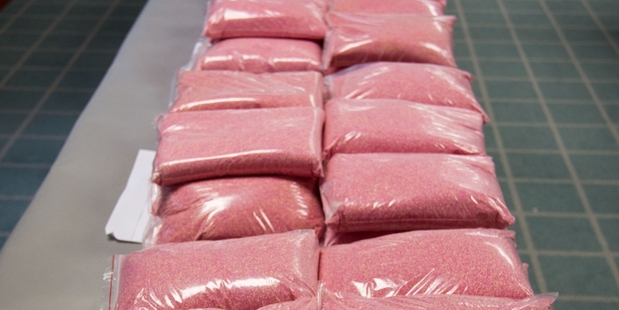
:Gate of the former Bidadari Cemetery, Bidadari Garden, Singapore - 20121008-04.jpg
From Wikimedia Commons, the free media repository
Father spent
two years in Singapore. He became a boarder at the Malayan Seminary ran by the
Seven Day Adventist Church. It was the Youngberg Memorial Hospital. The
Seven Day Adventist is a vegetarian Institution. In the weekend, he went to Mou
Ping’s shop and ate as though he had been starved. He gave his cousins tuition.
The boys in
the boarding school found on the bottom of the desk, POWS from Australia and
New Zealand had craved their names and addresses. They asked who ever found
these addresses to please contact their family. The boys had some fun trying to
contact these addresses, but many did not reply. Many were sad stories that
their loved ones did not made it home.
Across
was the Bidadari cemetery. The senior boys showed him to scrap the candles and
a man would collect them in exchange of money. At first Father felt eerie, it
was like stealing from the dead, but his friends were doing it, so he joined
in. He made many friends from Sibu. They remained their lifelong friends. Among
them were Lim and his wife. We just called them Uncle and Aunt Longhouse
because they had a crafts and photo shop.
There were
the Goh girls and Chang Tai Kong who later had children our age. He made
friends from Burma too.
http://en.wikipedia.org/wiki/Former_cemeteries_in_Singapore#Bidadari_Cemetery
Bidadari Cemetery was a multi-religious burial ground opened on 1
January 1908. It was located at the junction of Upper Serangoon Road and
Upper Aljunied road, and derived its name from the wife of Maharaja Abu
Bakar of Johor, whose istana had stood there.
[9] The word “bidadari” is itself derived from the Sanskrit word “widyadari”, which literally means ‘nymph’ or ‘fairy’.
The cemetery contained burial sites for several religions and races,
including Roman Catholics, Protestants, Muslims and Hindus. When it was
opened, the Roman Catholic and Protestant sections also each had their
own chapel. The cemetery was also used for military burials, and was the
resting place for a number of prominent individuals. One of these was
the English sailor Augustus Podmore Williams, upon whose life Joseph
Conrad based his novel Lord Jim.
Bidadari Cemetery was closed in 1973, and was then slated, in the
Singapore government’s 1998 Master Plan, to be cleared to make way for
the development of public housing and other facilities. In December
2001, the Housing Development Board began exhumation of the estimated
143,000 graves found in the cemetery. Exhumation was completed by the
end of 2006, and the cremated remains from the exhumed were placed to
rest at the Choa Chu Kang Columbarium. Due to religious reasons, the
exhumed remains from Muslim graves could not be cremated, and were
reinterred at Pusara Abadi Muslim Cemetery at Choa Chu Kang. The
cemetery was thus cleared to make way for the development of a road
interchange at the junction of Bartley Road and Braddell Road, and for
the construction of the Woodleigh MRT Station situated along the
North-East MRT Line.
Bidadari Garden, approximately 1,746.6 square metres, was then
established at Vernon Park to commemorate 20 people who were considered
important to Singapore's history, and who had been interred at Bidadari
Cemetery.
[10]
They include doctor and philanthropist Lim Boon Keng, Ahmad Ibrahim,
and R. A. J. Bidwell–the architect who had designed the Raffles Hotel,
Goodwood Park Hotel, and Chesed-El Synagogue. The old gates of the
Bidadari Cemetery, which bore the lion emblem of the Singapore Municipal
Council, were then placed at the entrance of Bidadari Garden.




















